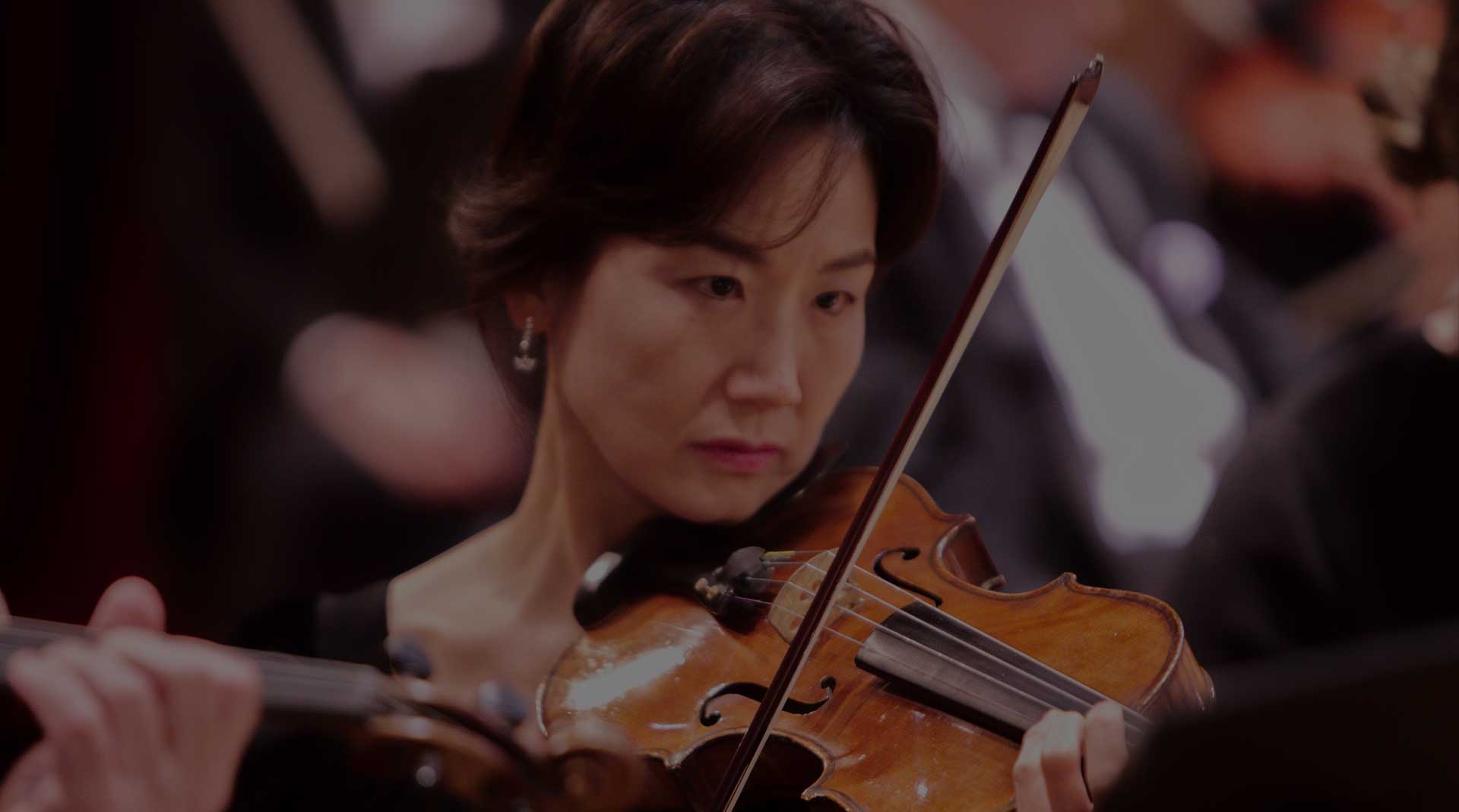
Romeo & Juliet & Serge
The tale of Romeo and Juliet as told in Shakespeare’s play has inspired artists, writers, and composers for centuries. Even Shakespeare himself was inspired by earlier 16th century Italian sources, which were in turn part of a tradition of tragic romances that reaches into classical antiquity. Shakespeare’s version is thought to have been written between 1591and 1595, and in the world of music alone, has spawned no less than 24 operas and countless other works. Perhaps most famous among those are Tchaikovsky’s Fantasy-Overture, and of course, Leonard Bernstein and Stephen Sondheim’s modern adaptation, West Side Story. But beyond these, there are several works by familiar composers including Berlioz, Gounod, Bellini, Delius, and Kabalevsky. Not the least of these is the ballet by Serge Prokofiev.
Prokofiev composed the ballet in 1935, but due to a number of concerns, some related to the original scenario for the ballet, some to artistic infighting at the Kirov Ballet for which it was originally conceived, and others to soviet politics of the time, it did not receive a full length premier until 1940, when it was finally produced by the Kirov. The initial delay came about when Soviet cultural officials were unhappy with the ending of the ballet. The original scenario, written by Adrian Piotrovsky and Sergey Radlov, substituted Shakespeare’s tragic ending with a happily-ever-after one! As odd as this choice may sound, it was not the first time someone had decided that the star-crossed lovers should turn out well in the end. Georg Benda’s 1776 singspiel Romeo und Julie also took this, and many other liberties with Shakespeare’s plot. Fortunately, however, between the Soviet officials and the influence of conductor Yuri Fayer, who consulted with Prokofiev during the composition of the work, the ending for the ballet was changed to the traditional one we all know. The result is one of the most moving endings in the world of ballet.


